Have you ever wondered why carp prefer to sit at a certain depth? Or even why they would be at one end of the lake or the other?
Understanding what makes a carp tick takes effort. For instance, I’ve been reading the water temperatures for years now across all the seasons and a picture soon appears This knowledge helps me to identify where the carp will be and how they will acting in any given weather pattern.
The factor that impacts the natural behaviour patterns is our angling pressure, whether it’s through bait application or the disturbance we cause. The carps favoured areas can be quite easy to find if a few simple rules are followed as carp are simple creatures really. Firstly, I’ve found in every situation water temperature plays a massive part to finding their whereabouts!
The Weather
Keeping your eye on the weather during the build up to any fishing session is worth keeping an eye on because the weather before a trip is almost as important as what it’s changing too… With lakes warming from the surface down the winds have a massive effect pushing the warm layer of water to the windward end of the lake. This is one of the reasons why the carp tend to follow the wind when the water is warming up in the spring. On the flip side, during autumn with cool winds pushed chilled water down to the wind end of the lake, pushing our carp on the back of the wind. This brings us nicely onto water temperatures…
Until a few years ago I was a firm believer in the affect of high and low air pressure on the carp and how that moved the carp up and down in the water column. However, I now believe the affects are directly related to the temperatures changes that the weather systems cause.
Typically, if we have high pressure it means sunnier days and that warms the surface layers, bringing the carp near the surface or into the margins so they can catch some rays. But the high pressure we get in the winter inevitably brings cold frosty nights cooling the surface layer (until it’s ready to sink at its densest molecular state at 4oC) pushing the carp back down into the depths!
If the temperature trend is towards warmer water conditions (during the spring and early summer) an associated band of cool rain hits the lake it can have the same effect as a cold frost would in winter; pushing the carp down in the water layers near to our rigs.
At this point it’s worth me stating that on a rise in temperature generally seems to trigger everything to feed, whilst a drop in temperature puts the smaller carp off the feed and leaves the larger carp to be caught.
Autumn with big’uns being caught, does that ring any bells??
It’s not that the big fish don’t feed all year round, because obviously they do. It’s simply that in eth autumn when water temperatures are dropping there is less competitive feeding, which normally sees the smaller fish getting to the bait before the big girls can be fooled or spooked away! If you’re after a lump in a lake full of smaller carp, fishing in a drop in water temperature may well put the odds well in your favour.
Staying with water temperature, as I see this as a big part of the bigger picture, bait/boilies absorb water quicker in warmer lake water temperature; swelling considerable after a short 24 hours in the lake. Even a fish meal based bait like Trigga can expand by 5% in size. This effect shows that the attractors are being released into the water effectively. It’s worth keeping this swelling up in mind if your fishing with 12mm baits, as after 24 hours soaking in the lake you will be sat over a bed of 14mm’ers. That’s not a problem to me but it’s worth keeping an eye on, as an 18mm plus will turn actually be 22mm or more after a reasonable soak!
With the water being warmer our baits inbuilt attractors will also dissolve easier and more quickly and will attract fish more effectively than the same bait might in the depths of winter. So less flavour is more at this time of year. With the abundance of natural food and more of us giving them our ‘tasty balls of joy’, they have so much food to choose from they tend to become picky on what they eat and washed out bait starts to come into their own.
Natural Larders
As the lakes warm from the cold winter months, there’s so much going on in the aquatic ecosystem. It’s little wonder that most cold water carpers find the winter months are easier to get bites.
One of the biggest problems we face is how to deal with other species spawning. Pike kick it off just as the lakes start to wake up at a temperature of around 9oC. From this point on fish eggs are now firmly on the diet of anything that swims. In fact, everything else, from tench to bream spawn before the carp do, offering our quarry something else to feed on! There’s nothing like making our lives even harder…
Just after the bream have completed their annual love fest, the carp find a sun drenched shallow part of the lake to spawn in (normally in water temperatures ranging between 18oC and 24 oC). These areas naturally warm up quickly and with pads and weed holding in the heat it doesn’t take long for the carp to react when it warm enough.
Lakes that have deep margin can take a long time to reach the spawning temperature, which is why the spawning times vary so much between one lake to the next. If they can spawn quickly and get it out of their system it’s game on again. Here in the UK the weather rarely this settled and a change always seems to put the brakes on and prolong the carps spawning activities. The larger carp, which always seem to spawn a few days after the smaller samples, get another easy meal gorging on the spawn of the younger (more enthusiastic) carp. With nobody in their right mind fishing for actively spawning carp, if the first stage goes un-noticed and the weather changes this can leave the carp in the lake in limbo, heavily laden with eggs, leaving the carp and the anglers frustrated to say the least!
Personally I have never found trying to compete with nature’s larder a good approach. However, pre-spawning adding a little salt or fishing on a mineral rich clay patch, which the carp naturally visit in their preparation for the rigours of spawning, will get you more bites than most.
With a tadpoles, bloodworm hatches, dragonfly larva, snails, fish spawn (the menu of food sources available to the carp goes on and on) I’m sometimes surprised we get a bite at all! Instead of trying to compete with the myriad small items already available, I prefer to blend mine in, using 10mm boilies with chops and setting small traps – and I stay away from bright colours unless the carp tell me otherwise.
‘Less is definitely more’ when there’s a lot of natural food about; and sometimes just a single Trigga hookbait in amongst a froth of fizzing carp will score a bite as it effectively blends in with all the natural food signals coming of items that are being eaten and digested food. I honestly think that bait that stands out acts more like a repellent in these situations so don’t be scared to use small subtle hook baits when they’re feeding on naturals… Like I say less is more sometimes!
A lot of my findings are from observations made whilst fishing on the Silty meres of Shropshire, but I’m no stranger to weed fishing either. Its funny how most anglers look for a clear spot to fish on?
During the day time carp tend to sit up in the weed or amongst pads sunning their backs as the green stuff gives off precious oxygen, so why not fish in the weed for them? A simple chod or a lazy zig rig fished higher than the weed has caught me some stunning day time carp. After all, if they can rip snails from the weed my small hook bait won’t be a problem to them at all; but remember what gives always takes away. The weed uses oxygen from the lake at night, so there are better spots for a night time bite.
Rigs and bait are one of the biggest talking points in carp angling, but there can be more to consider than what slaps you in the face in the nearest tackle shop. Understanding a rise or fall in water temperature has to be one of the most notable things that has helped me in my carp angling and whilst some anglers say ‘it is what it is when I’m there’ I have found that keeping an eye on the water temperature readings and the weather really help us to read where the carp will be located and at which depth the carp might be, even before starting a session.
I keep it simple and only focus on the information that really helps put a few more carp on the bank. It’s a bit like the ‘Big Moon – Big Common’ idea – is it because it’s a clear sky and cold night causing a the drop in temperature that puts the smaller carp off the feed and dropping water temperatures pushing them down closer to your rigs that has created this widely accepted observation?
All I’ll say is carp really do crave warmth at any time of year…
Be Lucky
Nick Burrage


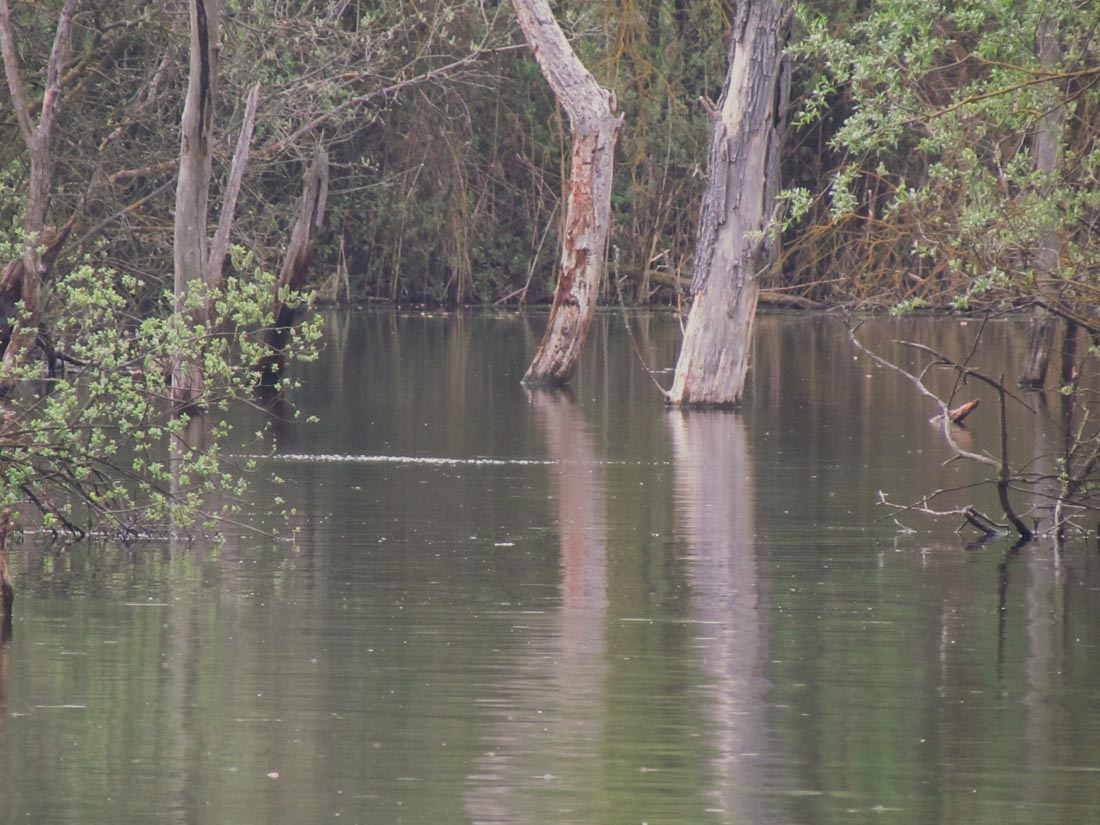
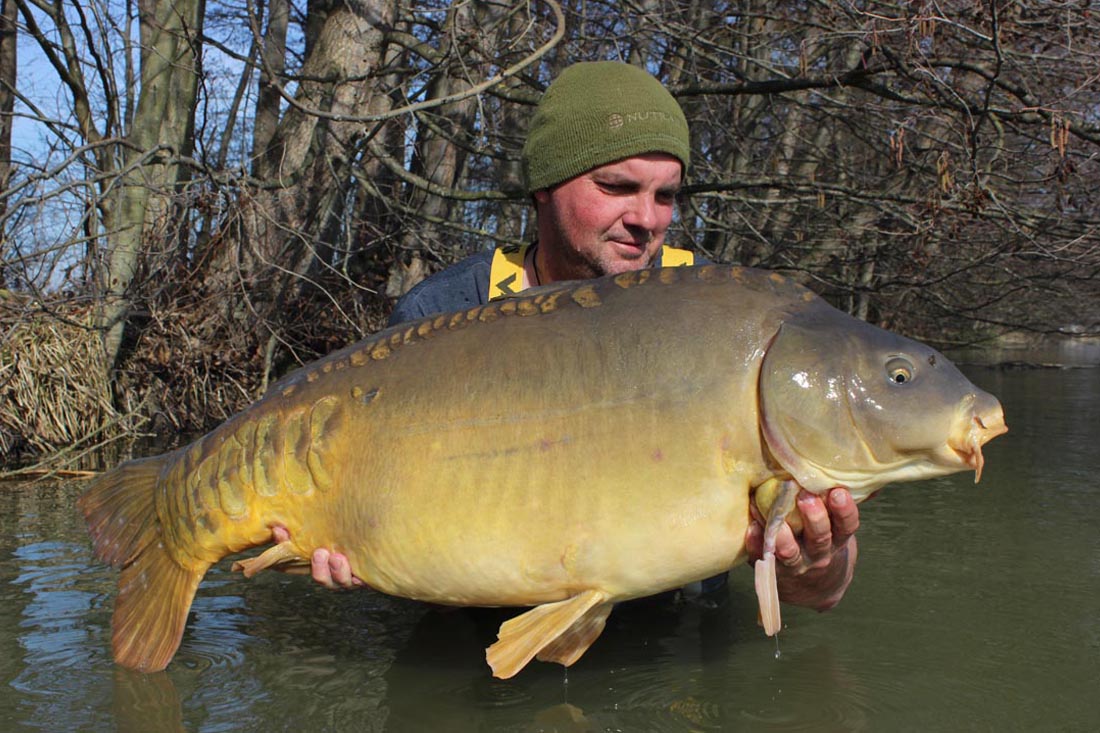
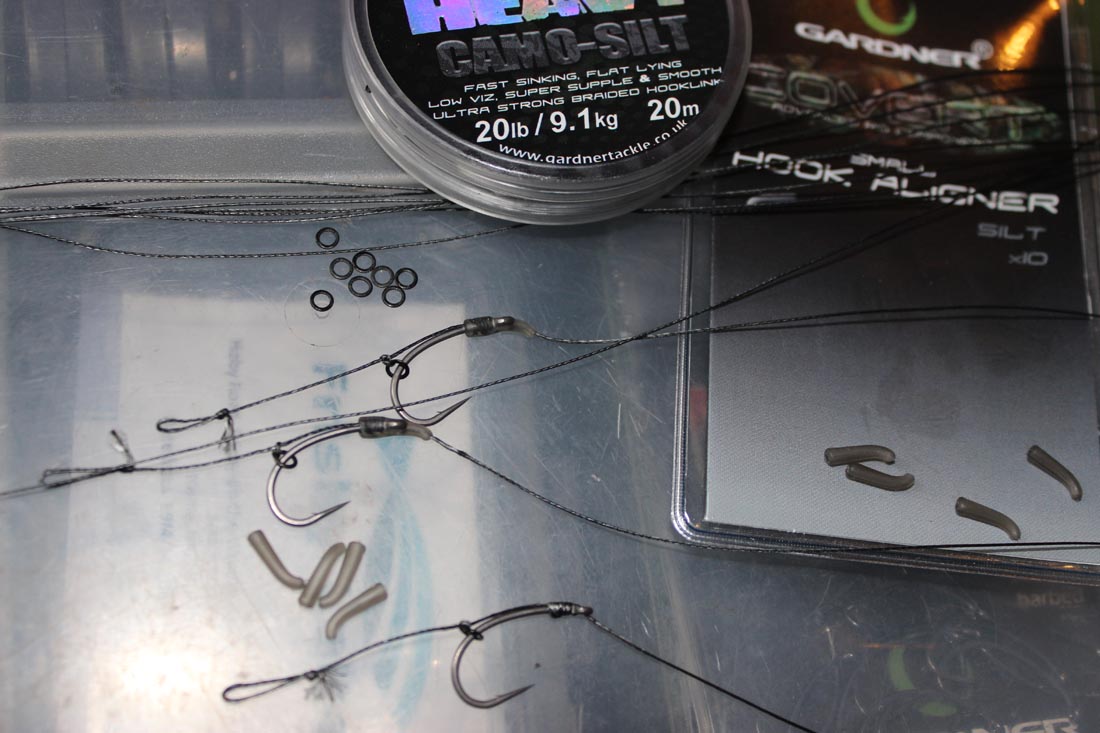
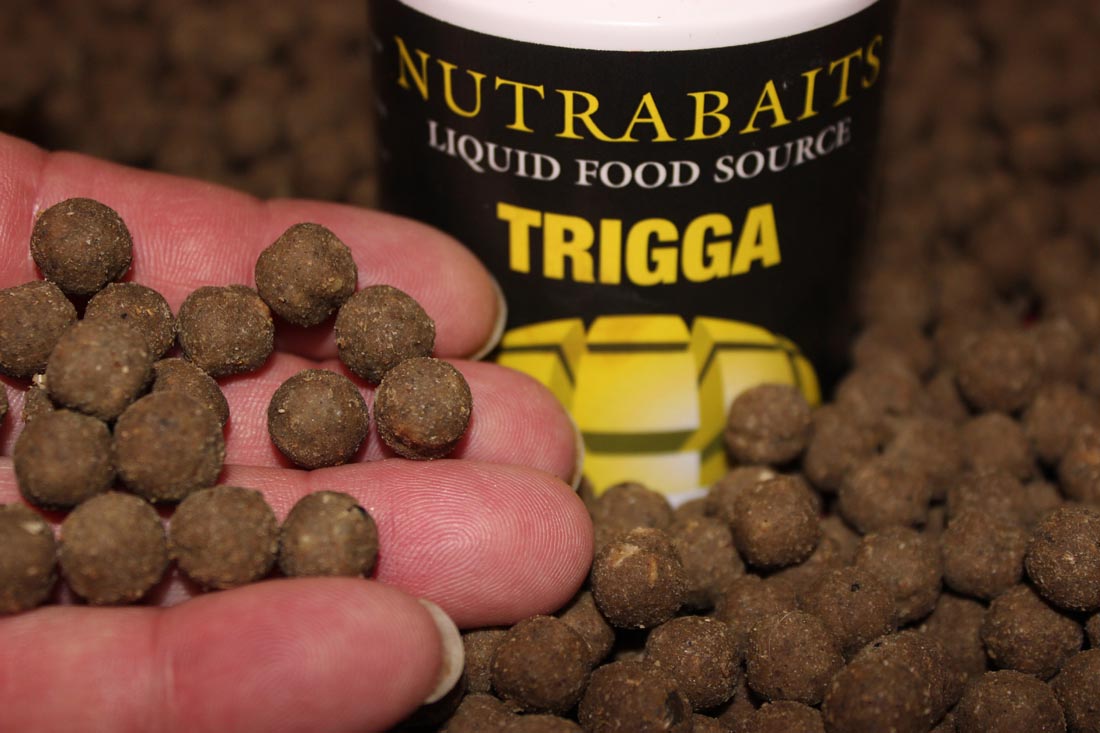
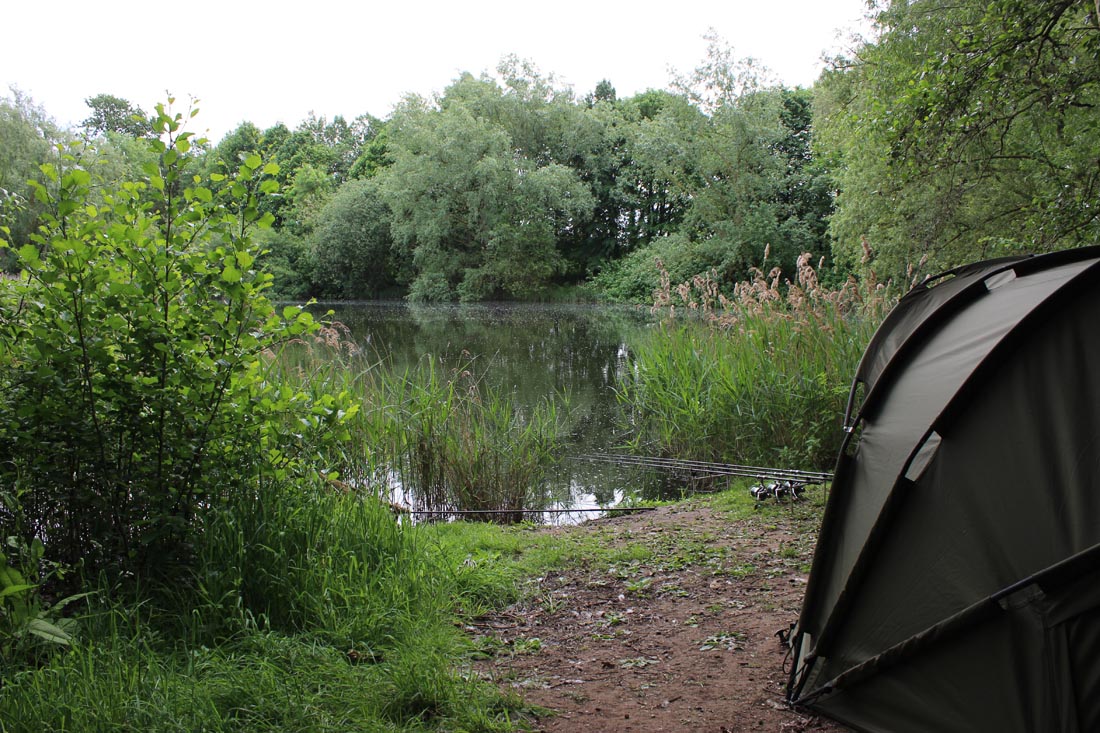
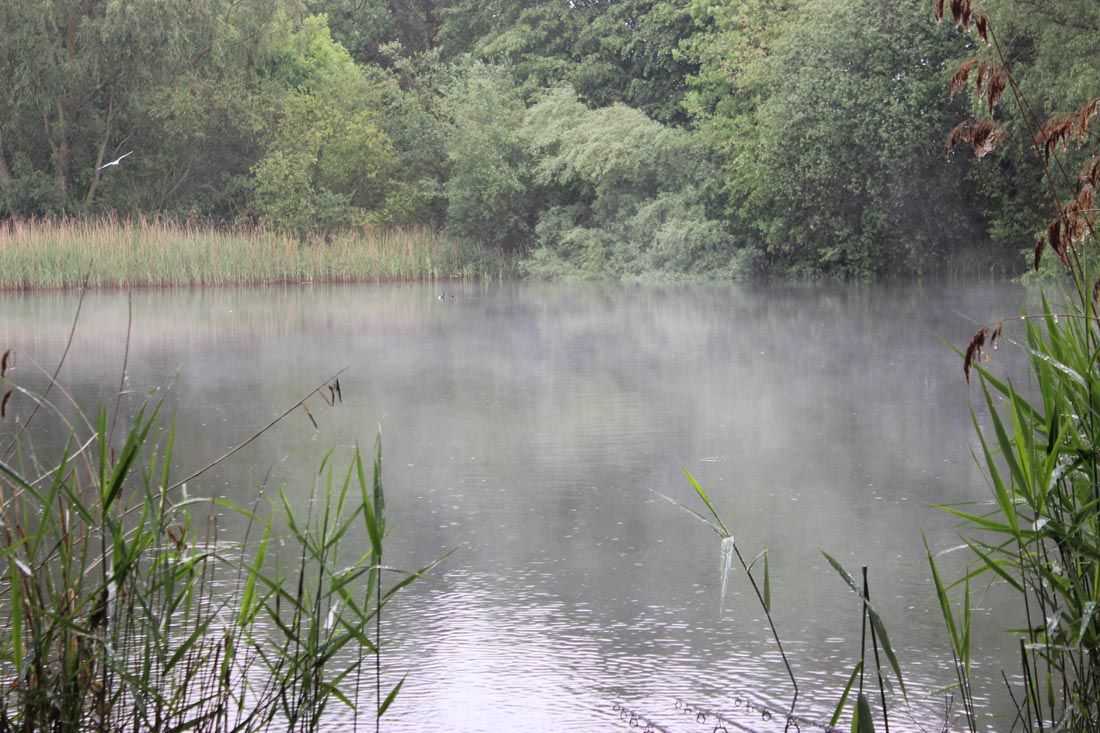
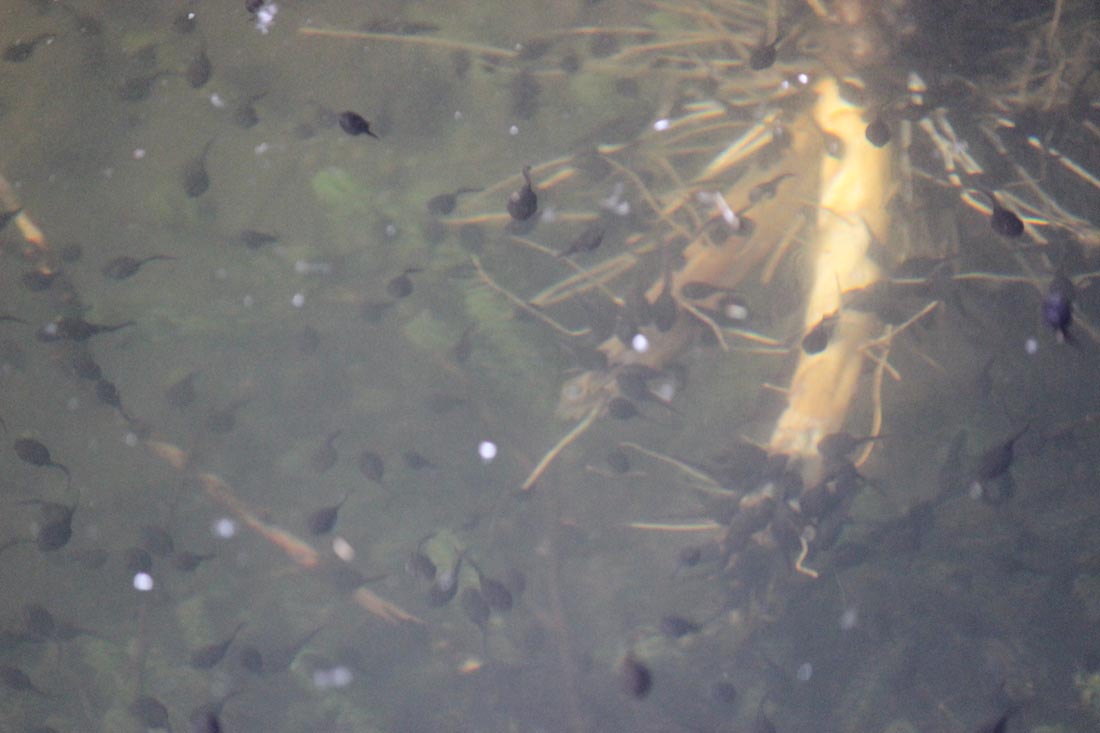
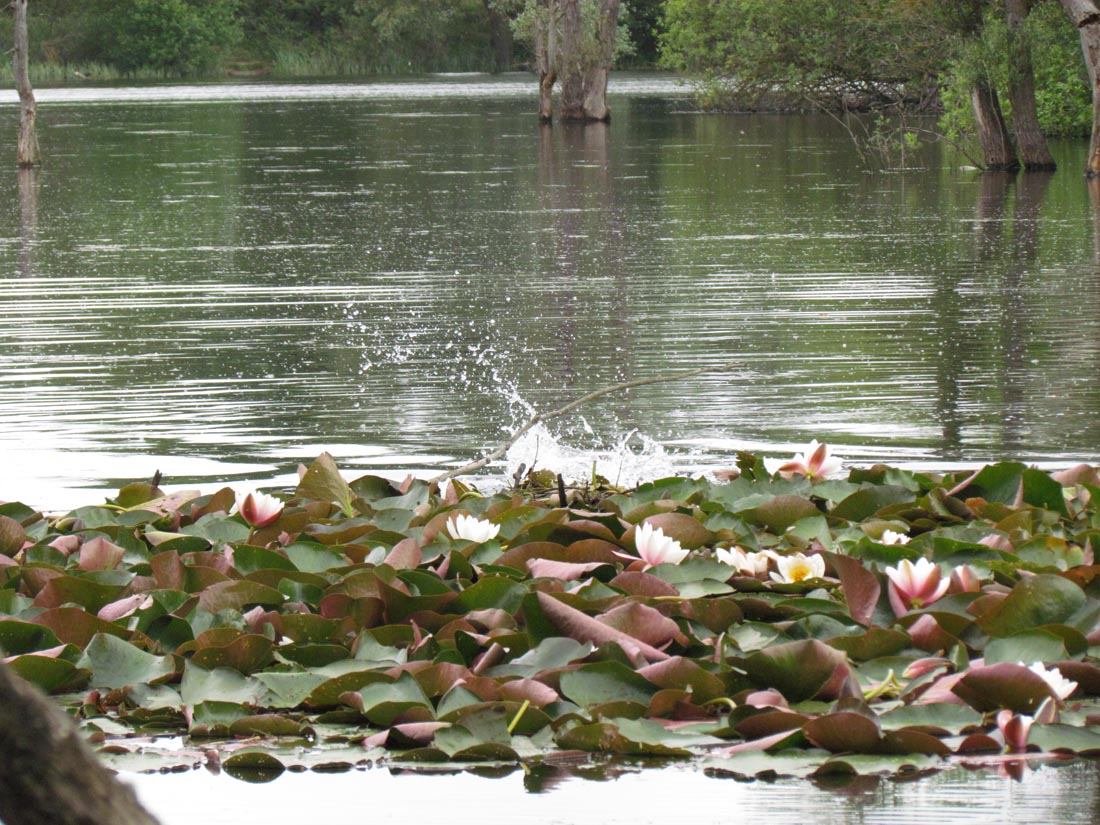
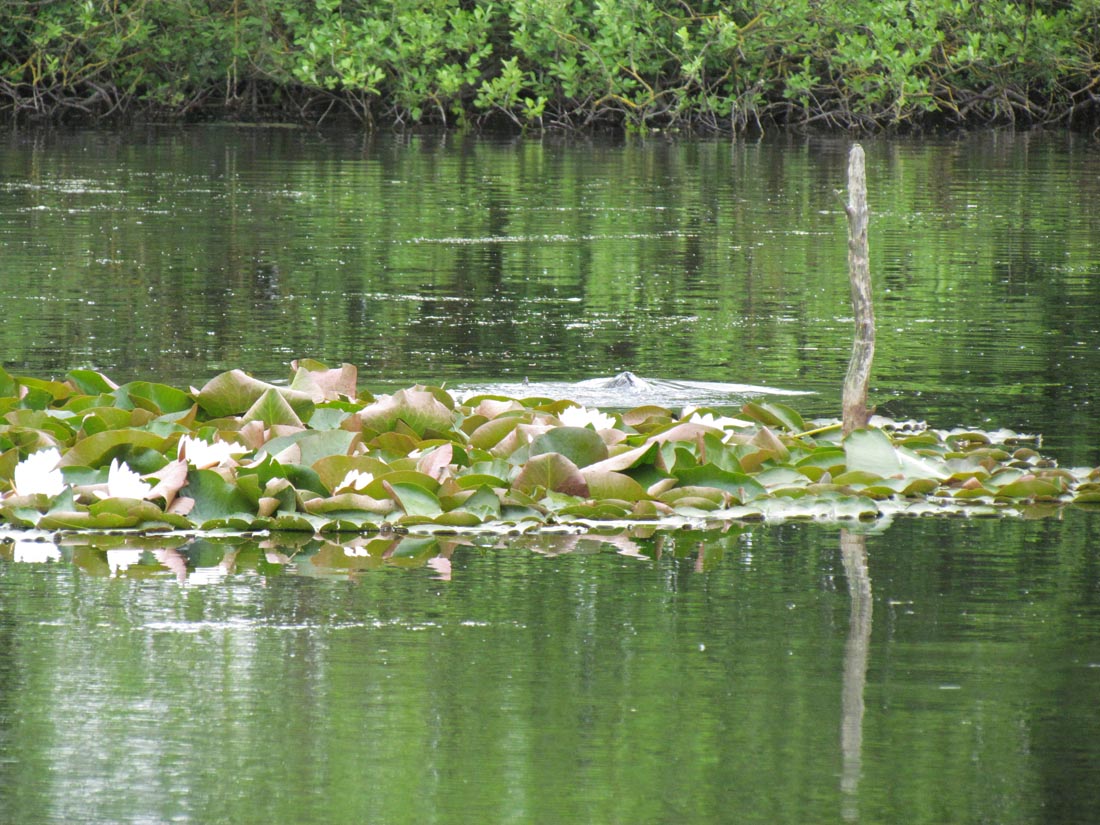

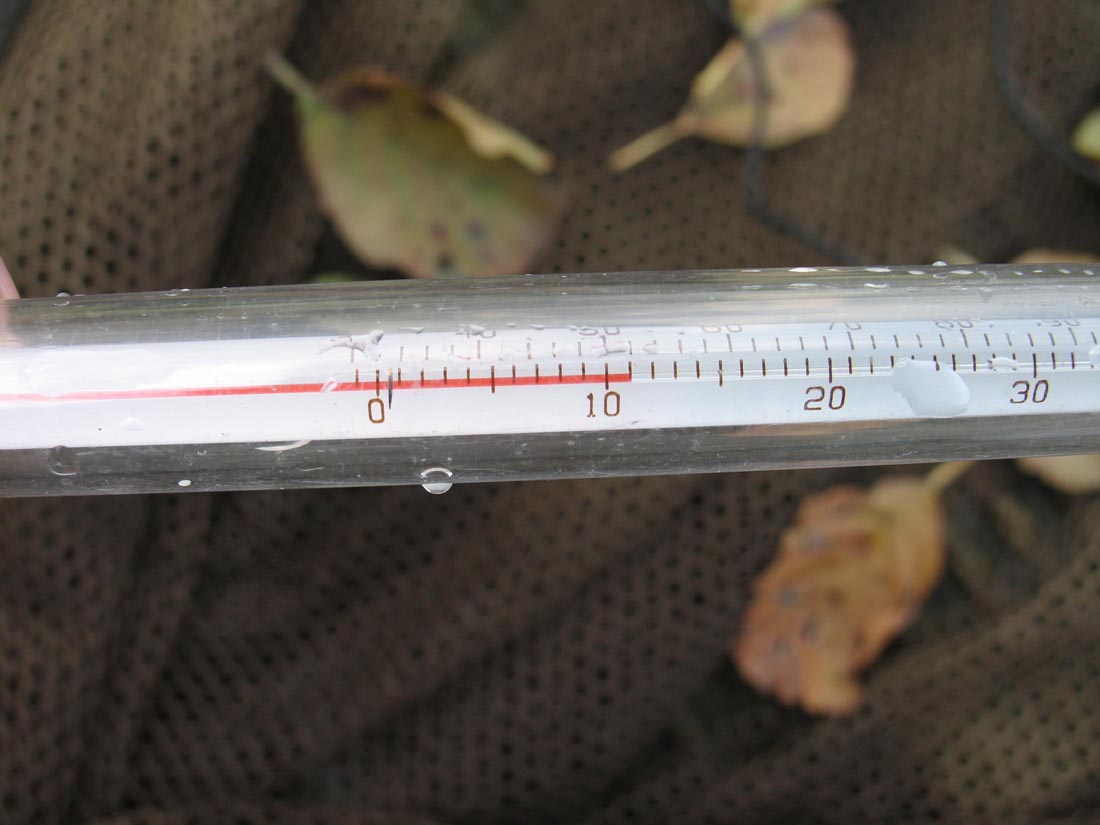
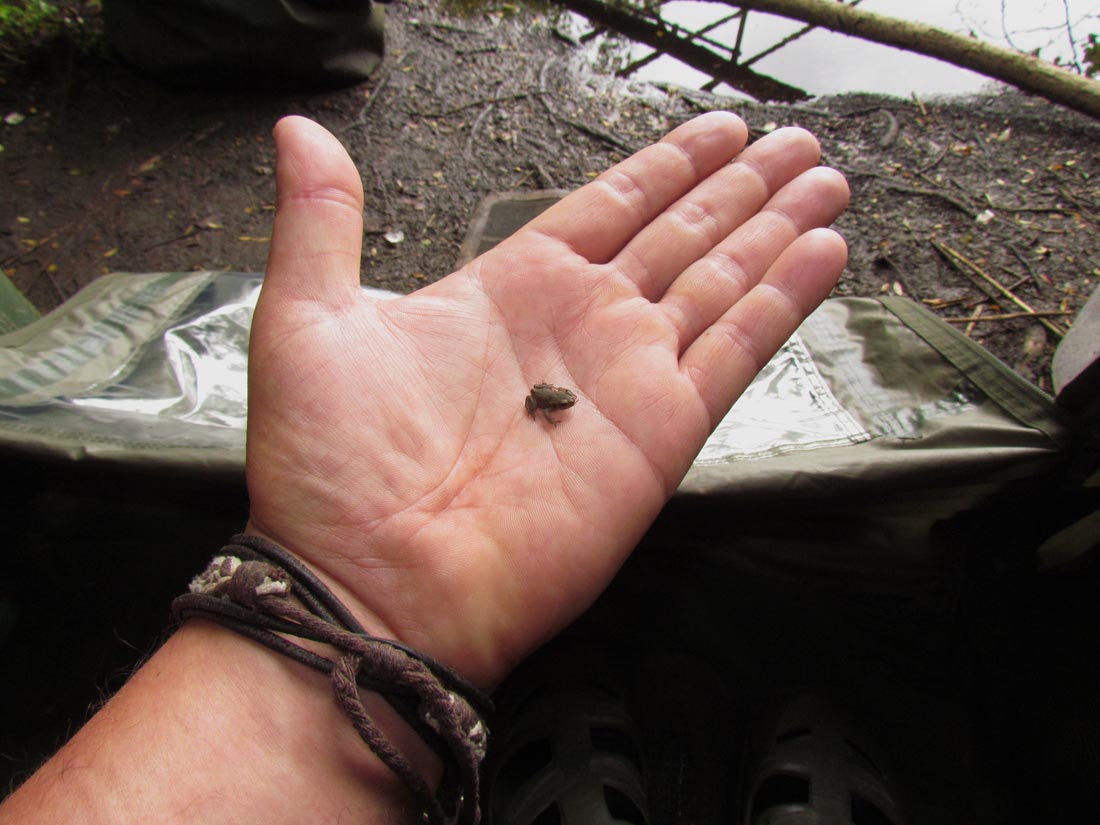






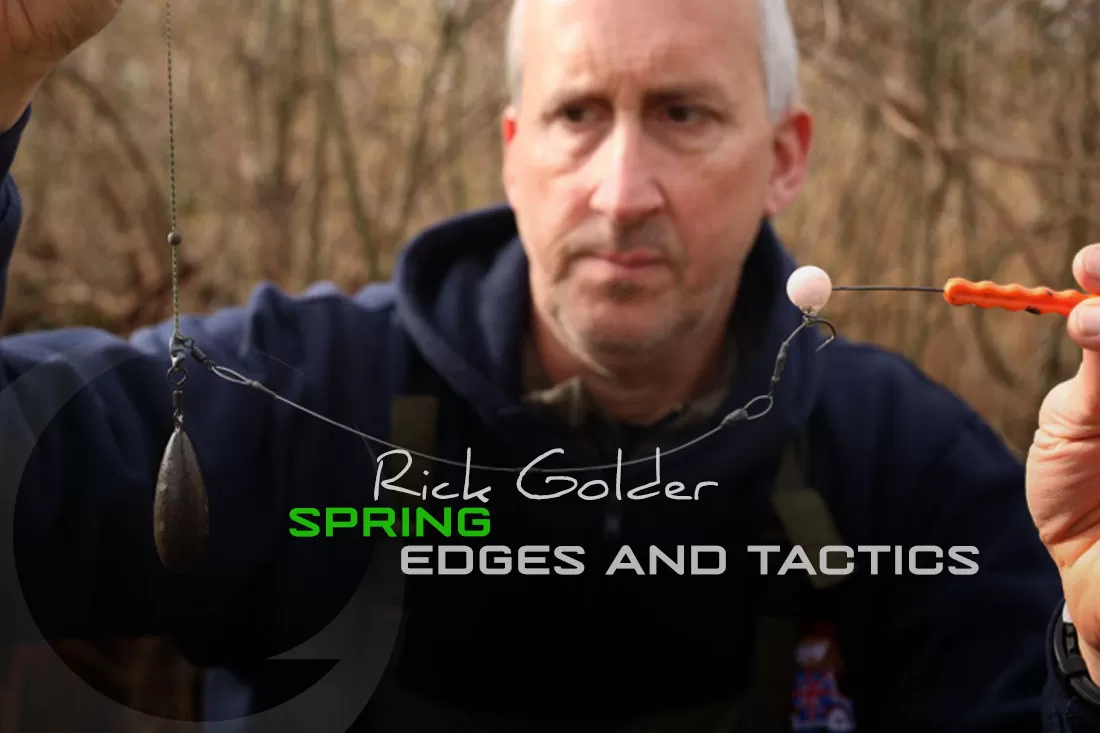
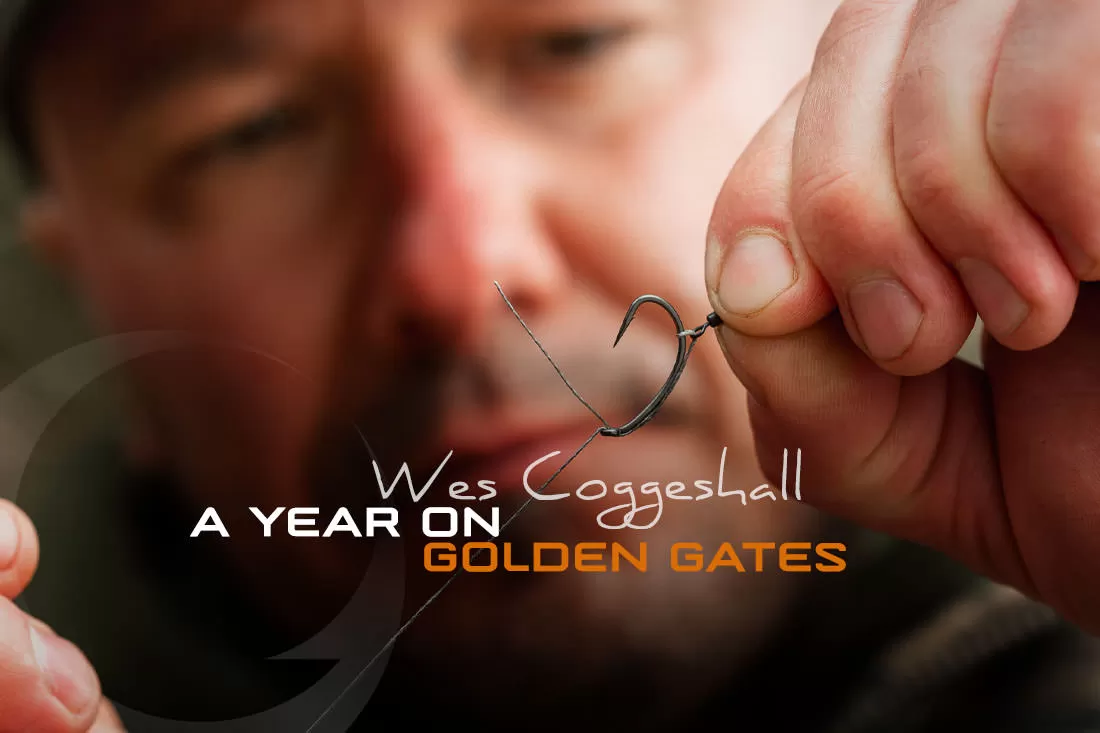
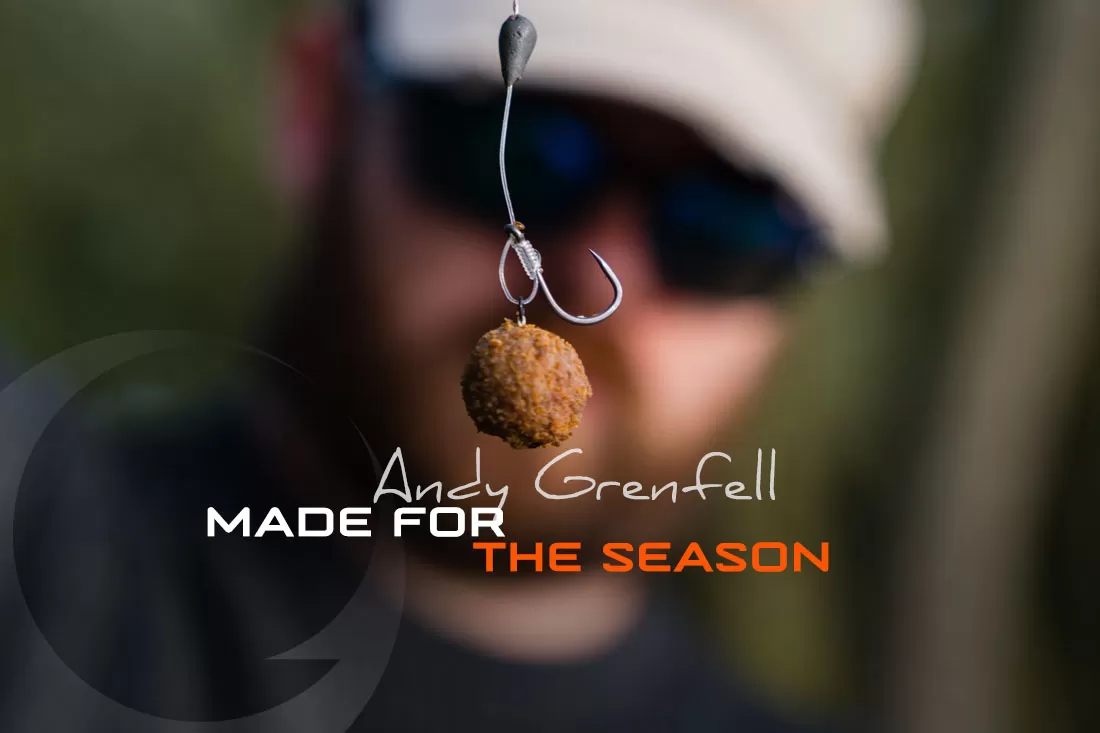
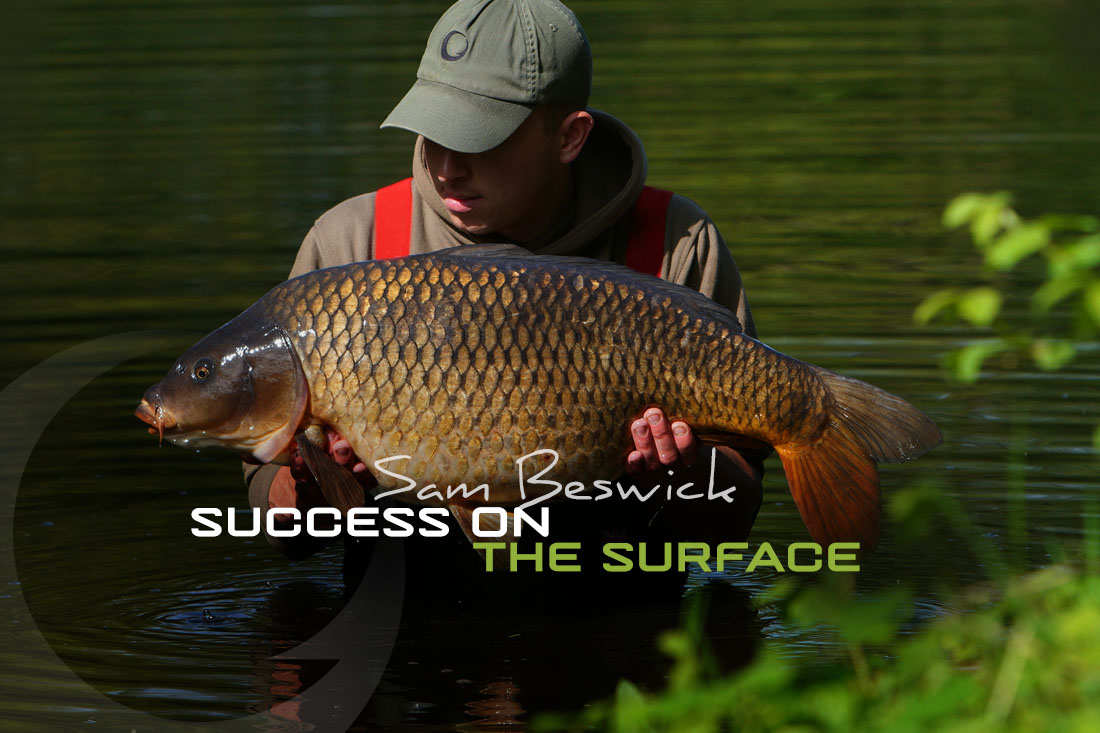
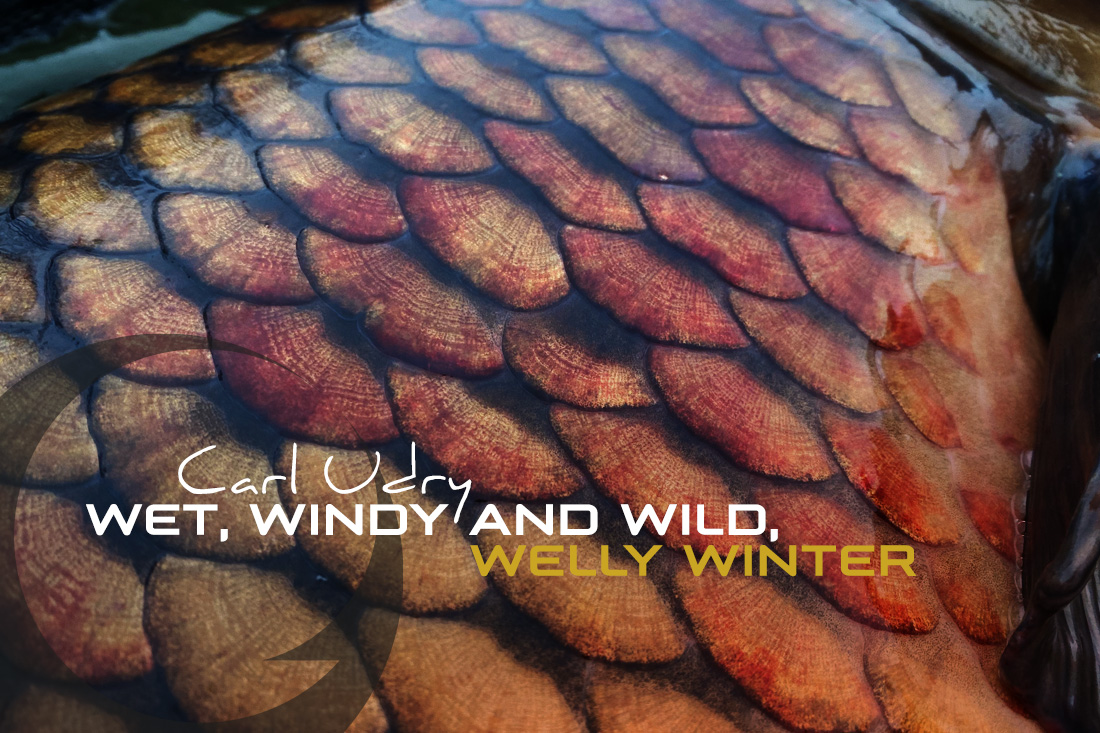

Leave A Comment